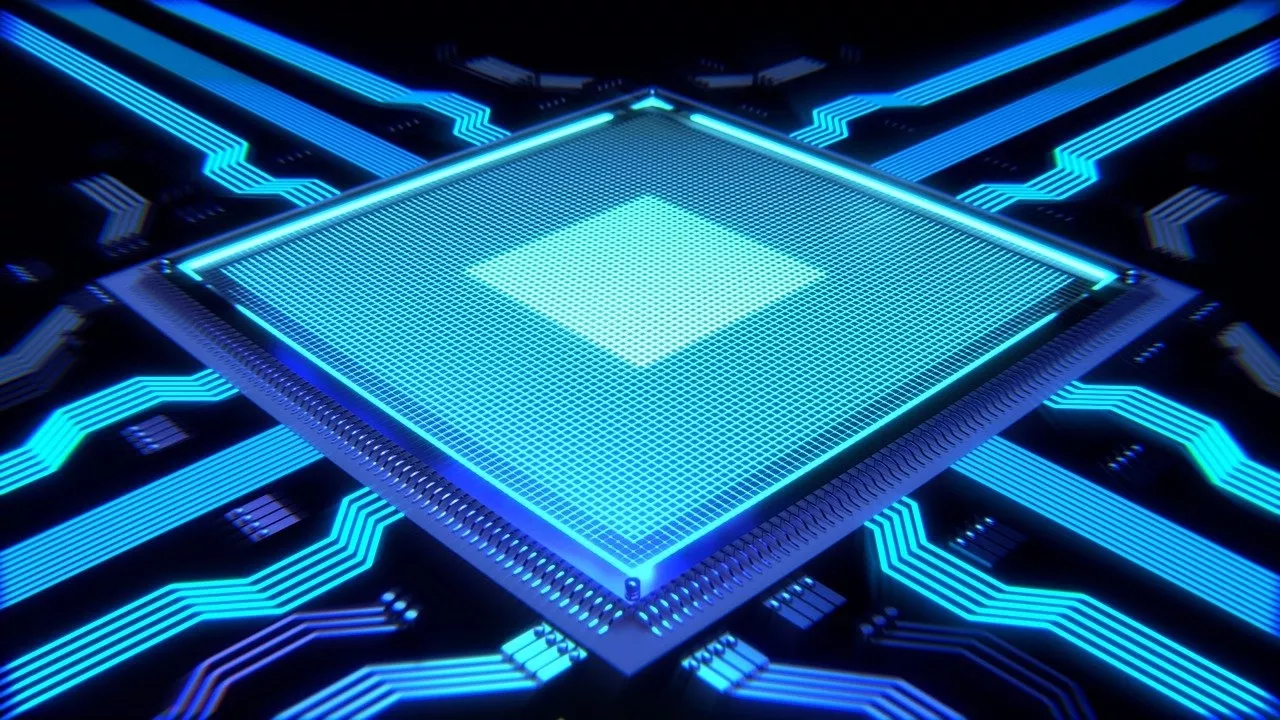Gemma 3: Open-Source AI at a New Level – From 1B to 27B Parameters
Gemma 3: Open-Source AI at a New Level – From 1B to 27B Parameters
With Gemma 3, Google DeepMind introduces a new generation of open-source AI models available in four sizes: 1B, 4B, 12B, and 27B parameters. These models are multimodal, support long contexts, and significantly outperform previous versions. What’s particularly impressive is that even the smallest model (1B) delivers solid results, while the 27B model comes close to Gemini 1.5 Pro in performance.
The Four Gemma 3 Models at a Glance
Gemma 3-1B: The smallest model is optimized for efficiency and can run on mobile devices. It supports up to 32K tokens but lacks multimodal capabilities. It is suitable for simple tasks, short texts, and quick interactions but struggles with complex reasoning tasks.
Gemma 3-4B: With 128K token context, knowledge distillation, and multimodal capabilities, this model delivers impressive results. It outperforms previous 10B+ models and can analyze images. It is particularly strong in logical reasoning and mathematics.
Gemma 3-12B: This version offers significantly improved language processing, stronger world knowledge, and superior multimodal capabilities. It is excellent for coding, reasoning, and complex tasks. Despite its size, it remains efficient and runs well on high-end GPUs.
Gemma 3-27B: The most powerful model achieves top-tier performance, even outperforming LLaMA 3-70B in several benchmarks. It combines multimodal abilities with a highly optimized architecture and rivals Gemini 1.5 Pro in many areas. Its coding and complex language understanding capabilities are particularly outstanding.
Multimodality as the New Standard
Except for the 1B version, all models are **vision-capable**. They use the SigLIP vision encoder, which efficiently converts images into 256 compact embeddings. This enables the models to **analyze images, understand text in images, and integrate visual information into responses**. The **"Pan & Scan" (P&S) method** further enhances flexibility in image processing, making it particularly useful for OCR applications.
Lower Memory Usage, Longer Contexts
One of the biggest challenges with large language models is the increasing memory consumption caused by the KV cache. Gemma 3 addresses this issue by **using more local attention layers (5:1 ratio to global layers)**. This keeps performance high in long contexts while significantly reducing memory requirements. Even the 27B model can efficiently process 128K tokens without overloading GPU memory.
Knowledge Distillation: Why Smaller Models Are More Powerful Than Ever
All Gemma 3 models were trained using **knowledge distillation**. Instead of learning from raw data, they were trained by a much larger teacher model. This allows even smaller models to understand complex relationships and deliver high performance with fewer parameters. The 4B and 12B models, in particular, benefit from this approach, achieving results that previously required models 10 to 27 times larger.
Benchmark Results: Is the 27B Model at GPT-4 Level?
Gemma 3 performs exceptionally well in benchmarks. The 4B model outperforms older 10B+ models, while the 27B model **rivals GPT-4 Turbo and Gemini 1.5 Pro** in multiple categories. The improvements in mathematics, logical reasoning, and multilingual capabilities are especially notable.
Conclusion: Open-Source AI Reaches a New Level
With Gemma 3, Google demonstrates that open-source models are rapidly closing the gap with closed-source AI. The fact that even the 4B model offers high-quality performance makes it a viable option for many applications. The 27B model is a powerhouse and could be the first open-source competitor at GPT-4 level. If future versions with 70B or more parameters are released, this could revolutionize the AI landscape permanently.











